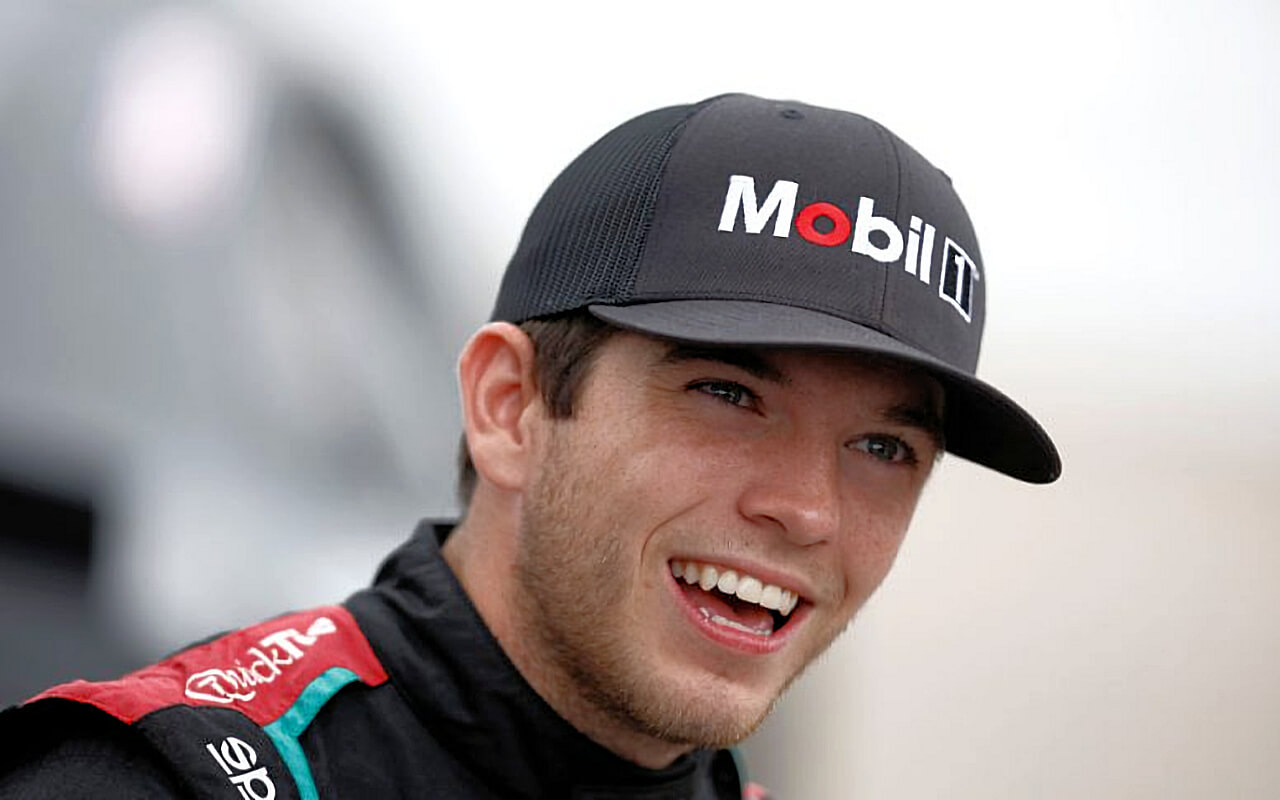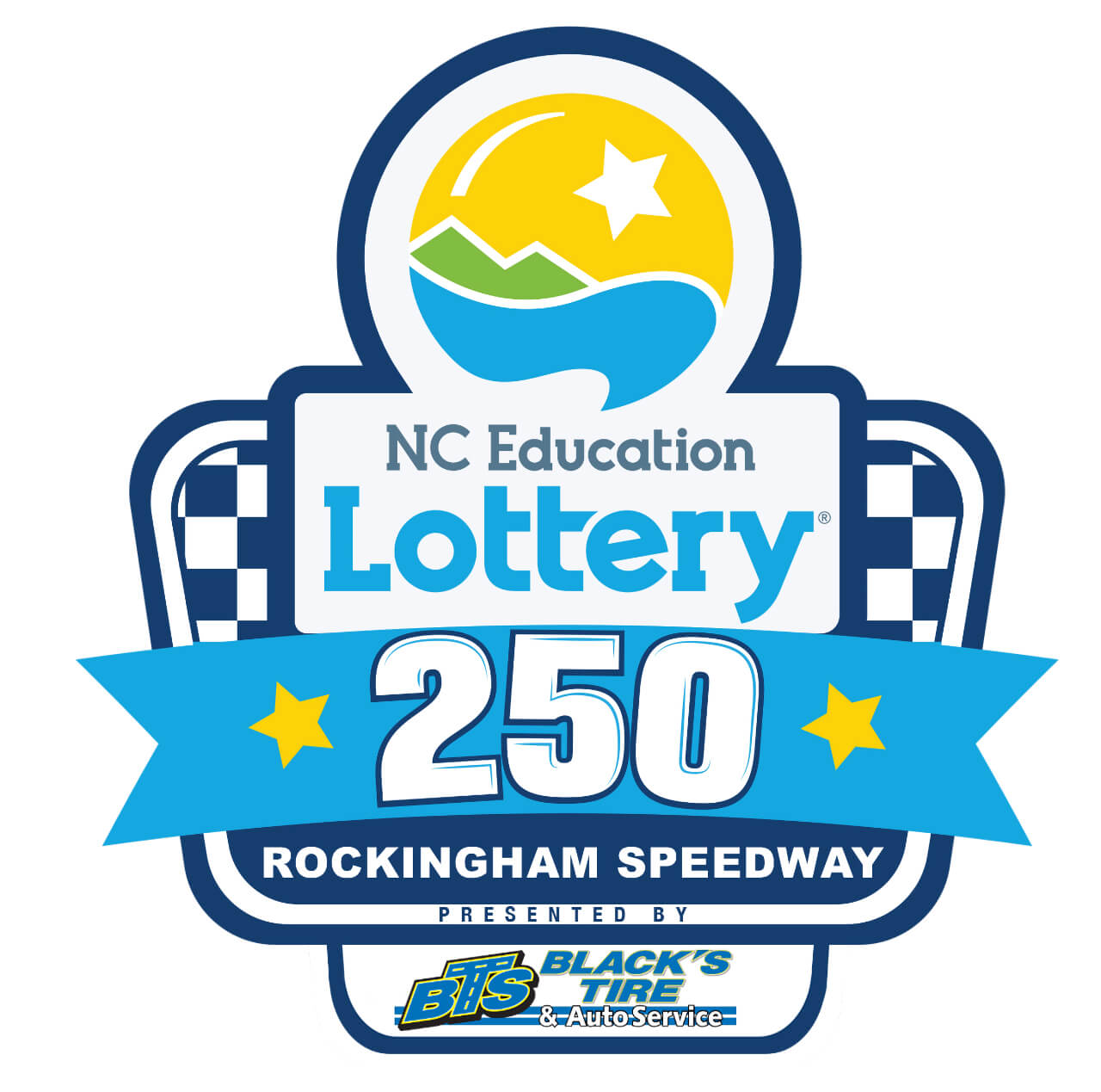 DAYTONA BEACH, Fla.—The buzz leading up to the Great American Race was unlike anything felt in the industry since 2001.
DAYTONA BEACH, Fla.—The buzz leading up to the Great American Race was unlike anything felt in the industry since 2001.
That season, FOX and NBC signed on as broadcast partners elevating the regional sport onto a national platform. The stars were bigger than life—and its biggest, Dale Earnhardt had tremendous momentum entering the new era.
While NASCAR survived the loss of Earnhardt that season, the eventual retirements of racers such as Rusty Wallace, Mark Martin, Jeff Gordon, Tony Stewart and Dale Earnhardt Jr. took its toll—and a sizable number of life-long fans from stands as the sport appeared to plateau.
Something had to change. NASCAR couldn’t rely on the same strategy and expect growth. Over the last few years, the management team worked in earnest to right the ship.
The first few weeks of the 2022 season provide proof that NASCAR is doing just that.
BUILDING A BETTER MOUSETRAP
In January 2019, initial discussions began at the Research & Development Center in Concord, N.C. What was the best way to make the stock car relevant to manufacturers and fans alike? NASCAR executive vice president Steve O’Donnell revealed plans for a “Gen-7” car for 2021. The vehicle—soon renamed the Next Gen car—would be designed not only to resemble cars on the showroom floor but also to be financially feasible enough to attract new ownership into the fold.
 Early tests revealed a throatier engine, sequential shifter and a single-hub wheel with the large number moved farther forward on the door panel. Teams and manufacturer’s tested in earnest only to have development slowed just four tests into the project by the Coronavirus pandemic in March 2020. The following month, NASCAR announced the Next Gen car would debut in 2022.
Early tests revealed a throatier engine, sequential shifter and a single-hub wheel with the large number moved farther forward on the door panel. Teams and manufacturer’s tested in earnest only to have development slowed just four tests into the project by the Coronavirus pandemic in March 2020. The following month, NASCAR announced the Next Gen car would debut in 2022.
After the first two events, the response has been positive regarding the car. The Generation 7 ride certainly provides fans with all of the feels when hearing the engine roar. Perhaps the best early indicator of the car’s potential will come next month when the Cup Series rolls into Atlanta Motor Speedway—which after repaving should race somewhere between an intermediate track and a speedway.
The introduction of the new car has certainly provided opportunities for new, expanding and returning organizations to join the Cup tour, such as 23XI Racing (with Michael Jordan), Trackhouse Racing (with Pitbull), Kaulig Racing, Team Hezeburg, TMT Racing (with Floyd Mayweather) and NY Racing.
IF YOU BUILD IT THEY WILL COME
NASCAR has had a respectable product for years. While the action has been entertaining, the experience at the venues was predictable. Daytona International Speedway, Richmond Raceway and Phoenix Racing reinvented themselves in the last decade, but with the exception of repaving tracks or reimagining facilities the way Speedway Motorsports has, first with the Roval in 2018 and last year by transforming Bristol Motor Speedway into a dirt track, fans were dished out more of the same.
Not only did NASCAR shake up the schedule in 2021 by introducing Cup to the Austin and Nashville markets—two of the fastest growing urban areas in the U.S.—and adding the top series at Road America, the undertaking of converting the LA Coliseum to a race track this year attracted an untapped audience. The Busch Light Clash was the grandest pre-season event the sport has ever witnessed with Pitbull headlining pre-race activities, Ice Cube performing at half-time and a new generation of fans partying while a race broke out below.
The buzz from L.A. carried over to Daytona, enticing old fans and new—as well as plenty of first-time attendees—to the Birthplace of Speed wanting to share the energy. The campgrounds were packed for the first time in years and the grandstands were packed. And Mother Nature cooperated with chamber of commerce weather for the week. Nothing was going to put a damper on the electricity rolling into the 2022 season.
 GENERATION NEXT
GENERATION NEXT
Among NASCAR’s top three tours, newcomers stole the show at Daytona. Zane Smith, one of the most promising stars on and off the track, shone in his debut with Front Row Motorsports in the Camping World Truck Series. Xfinity Series rookie Austin Hill—in what appears to be a perfect pairing with Richard Childress Racing—held off veteran AJ Allmendinger for his first tour win.
The weekend hit a crescendo as Austin Cindric became the first rookie in 64 runnings of the Daytona 500 to win the Harley J. Earl trophy in his coming-out party behind the wheel of the No. 2 Team Penske Ford.
There was a renewed sense of excitement in Daytona, and that wasn’t lost on Cindric, a 23-year-old third-generation racer who has spent his entire life in a variety of racing paddocks.
“I think NASCAR has been doing a lot of things right,” Cindric said. “I think as far as being aggressive, as far as our strategy, as far as the cars, as far as a race like the Clash, I think in the future there’s a lot more opportunities with the package that we have,” Cindric said. “And you even saw it this weekend with the 21 car being able to fix their car, not having to go to a backup. Last year that would have been a backup.
“I think our sport is changing in the right direction, and to have a packed house here is another great example of that. Our leadership has done an incredible job. I’m not just saying that because they’re technically my bosses, but they really have, and it shows.”



















